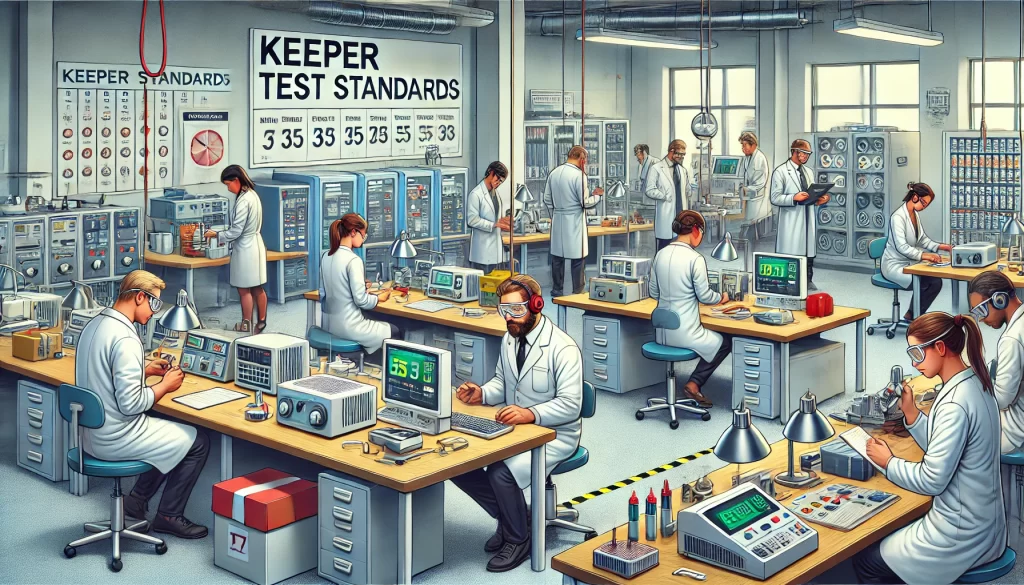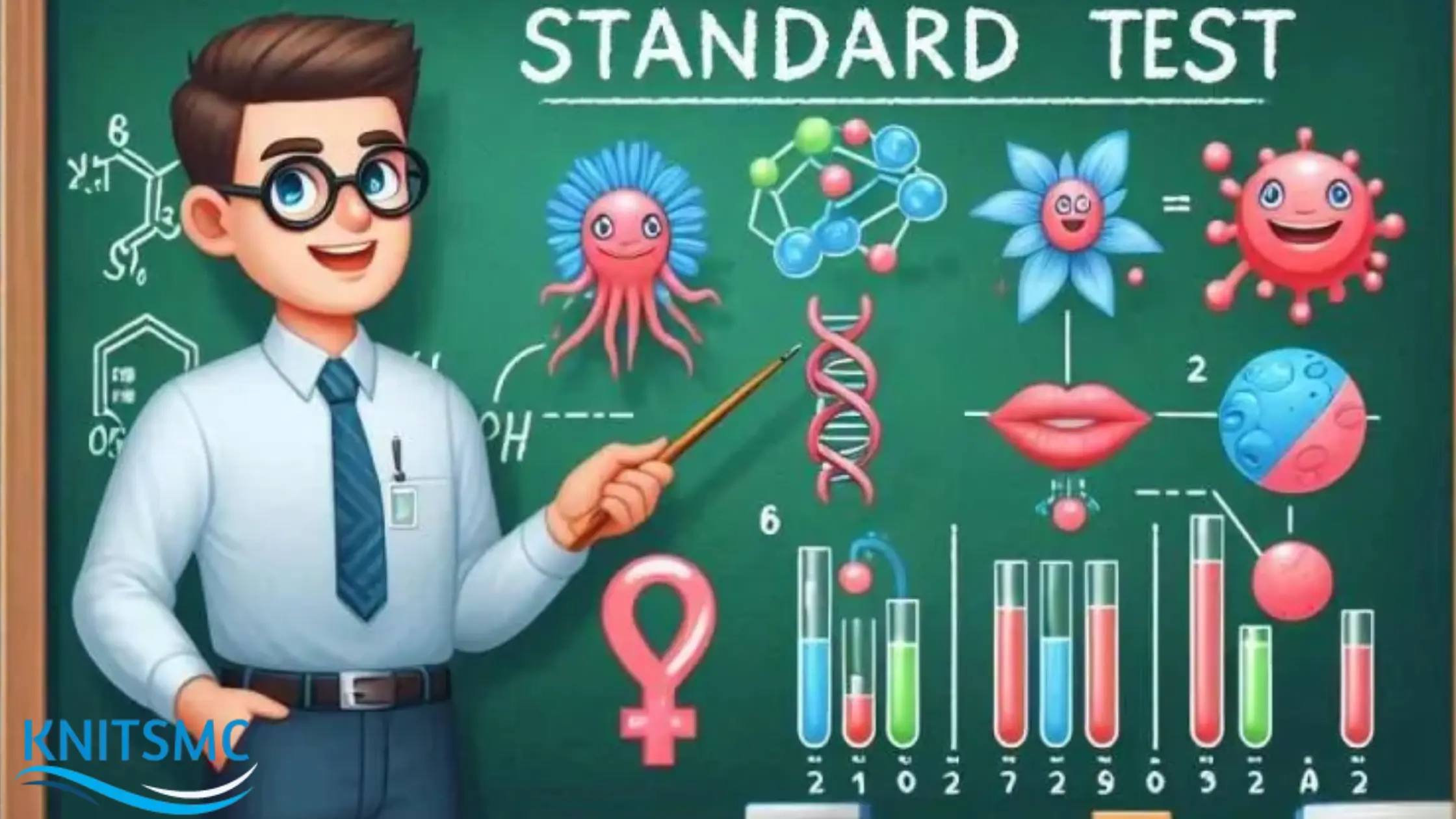Table of Contents
As a quality assurance and product testing professional, your understanding of Keeper Test Standards is crucial. These standards ensure that products meet specific criteria for performance and safety. This article will delve into the essential criteria of Keeper Standards, offering the latest exciting updates and reveals. By the end, you’ll comprehensively understand these standards and their significance, empowering you in your role.
What Are Keeper Test Standards?
Keeper Test Standards are guidelines used to evaluate the quality and safety of various products. These standards are set by regulatory bodies and industry experts to ensure that products meet specific performance criteria before reaching consumers.
Importance of Keeper Test Standards
Keeper Tests are vital because they help maintain product quality and safety. They protect consumers from defective products and ensure manufacturers adhere to high standards. These standards also help build consumer trust and confidence in products.
Critical Components of Keeper Test Standards
Understanding the critical components of Keeper Test Standards is essential for proper implementation.
Performance Criteria
One of the main components of Keeper Standards is performance criteria. These criteria evaluate how well a product performs under various conditions. Products must meet specific benchmarks to pass these tests.
Safety Measures
Safety is another crucial aspect of Keeper Standards. Products must be tested for potential hazards to ensure they are safe for consumer use. This includes testing for durability, stability, and any possible risks.
Compliance Requirements
To pass the Keeper Test, products must comply with regulatory requirements. This involves adhering to industry regulations and guidelines set by regulatory bodies. Compliance ensures that products meet legal and safety standards.
Latest Updates on Keeper Test Standards
Staying updated on the latest developments in Keeper Standards is essential for manufacturers and consumers alike.
Recent Changes in Regulations
The regulations governing Keeper Standards have undergone several recent changes. These changes aim to enhance product safety and performance. It’s critical to be updated on these changes to guarantee compliance.
New Testing Technologies
Advancements in testing technologies have also impacted Keeper Standards. New methods and tools are now available to improve the accuracy and efficiency of product testing. These innovations help ensure that products meet the highest quality and safety standards.
Implementing Keeper Test Standards

Implementing Keeper Test Standards effectively requires a systematic approach.
Developing a Testing Plan
Developing a comprehensive testing plan is the first step in implementing Keeper Test Standards. This plan should outline the specific criteria and procedures for testing products and include timelines and responsibilities.
Conducting Tests
Once the testing plan is in place, the next step is to conduct the tests. This involves using the appropriate tools and methods to evaluate the products. It’s essential to ensure that tests are performed accurately and consistently.
Analyzing Results
After the tests, the results must be analyzed to determine if the products meet the Keeper Standards. This analysis should be thorough and objective, ensuring all criteria are met.
Benefits of Adhering to Keeper Test Standards
Adhering to Keeper Test Standards brings several benefits for both manufacturers and consumers, providing reassurance and confidence in the products they use.
Enhanced Product Quality
Adhering to Keeper Standards helps ensure that products are of high quality. This leads to better performance and durability, which benefits consumers.
Increased Consumer Trust
When products meet Keeper Standards, they build consumer trust, increasing consumers’ likelihood of purchasing products that meet high quality and safety standards.
Legal Compliance
Adhering to Keeper Standards also ensures legal compliance. This helps manufacturers avoid legal issues and potential penalties, contributing to a positive reputation in the industry.
Challenges in Meeting Keeper Test Standards
While there are many benefits, we understand that meeting Keeper Standards can be challenging. We are here to help you get over these challenges.
High Testing Costs

One of the main challenges is the high cost of testing. Ensuring that products meet Keeper Standards can be expensive, especially for small manufacturers.
Keeping Up with Changes
Another challenge is keeping up with changes in regulations and testing technologies. Manufacturers must stay informed and adapt to new standards to remain compliant.
Also Read: Sombras FintechAsia: Revolutionizing Finance with Cutting-Edge Tech
Final Thoughts
Keeper Test Standards are essential for ensuring product quality and safety. Understanding these standards, staying updated on the latest changes, and implementing them effectively are crucial for manufacturers. Adhering to Keeper Standards enhances product quality, builds consumer trust, and ensures legal compliance. Manufacturers can successfully meet these standards and maintain a positive reputation in the industry by overcoming challenges such as high testing costs and staying informed about changes.
By following these guidelines and understanding the importance of Keeper Standards, you can ensure that your products meet the highest quality and safety standards. Stay informed, stay compliant, and strive for excellence in product testing.





